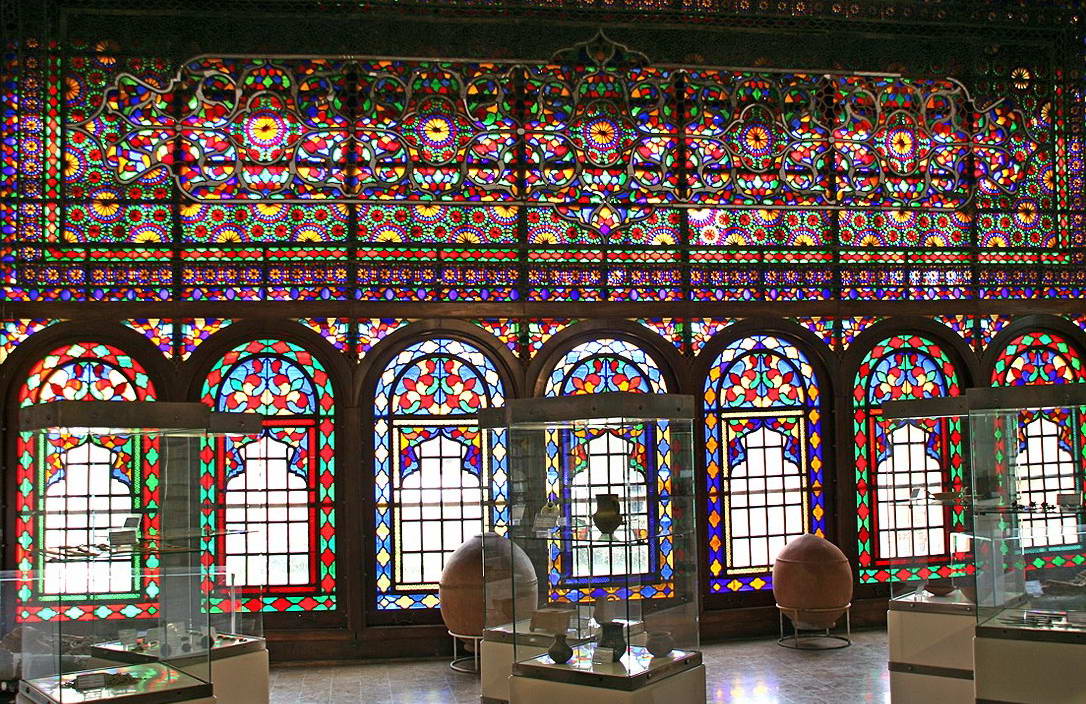The City Of Sanandaj
The city of Sanandaj is the capital of Kurdistan Province and ۵۱۲ kilometers west of Tehran. It is geographically located almost in the center of the province so that except for the cities of Saqez and Baneh, it has borders with the other cities in the province. Sanandaj has a population of ۴۱۹,۷۵۰ as per the last census taken in ۲۰۰۵ and is thus the province’s most populous city. It is considered to be one of the most beautiful cities in Iran because of its scenic views and topography. The city is surrounded by mountains and hills, and has a mountainous climate where summers are relatively mild and winters cold. Some of these hills, such as Tapeh Tooshnawzar, Tapeh Roosi and Tapeh Sharaf-al-mulk, are of religious and historical importance. Two well-known mountain landmarks in the city are Abidar and Kochek Rash (black stone) which are situated at opposing ends of the city.
The name Sanandaj is an Arabicized form of the compound word “Sna dezh” and the native Kurdish people of the city call the city “Sna”. Although many definitions exist for the term “Sna”, in the Avesta (primary collection of religious texts of Zoroastrianism)it is defined as “hawk” or “eagle” and the word “dezh” means fort.

Sanandaj: Historical and Cultural
It is obvious from historical records that the ruler, Shah Soleiman Khan Ardalan, transferred the centre of government from Hasanabad and Palangan forts in the south to the modern day city of Sanandaj in the year ۱۰۴۶ AH. Prior to that, Sanandaj was a small but ancient small village which was probably destroyed by an earthquake or Mongol invasions. This is evident in the ancient hill of Tooshnawzar running along the river and Hasanabad Fort which are of archaeological significance. Many graves have also been found in Sanandaj dating back to more than a thousand years.
Suleiman Khan Ardalan after the transfer of sovereignty to Sanandaj, built a castle on top of a hill establishing a government with full strength. Mansions, baths, mosques and markets were built outside of the castle building in the Safavid and Qajar eras and remains of which are still evident in the present era.
Sanandaj has a special place culturally, artistically and religiously in Kurdish populated regions. It has famous artists in the various cultural and artistic fields such as music, theater, visual / performing arts. The city is also famed for its mystical ceremonies and mysticism held in Takyas and Khanqahs (belonging to Dervish Orders) weekly. Mysticism is a deep-rooted tradition in Kurdistan province and since the third century Kurdish people have been followers of this tradition. Sanandaj boasts ۶۰ Khanghahs which are a resort or refuge for congregation of dervishes or followers. There are two main branches of mysticism in Kurdistan province:
- Ghaderieh Branch: Followers of this branch are the disciples of Sheikh Abdolghadere Gilani. They attempt to find truth through religious ceremonies in which they dance to the sound of the Daf till they are totally rapt in the mystically religious atmosphere of the ceremony.
- Naghshbandi Branch: Followers of this branch are the disciples of Molana Bahaeddin Mohammad-e-Bokharayee. They try to find truth through silence and profound thinking.
Sanandaj is a city of mosques as it has over ۱۴۱ mosques and is therefore has the highest ratio of Mosques to city population in the Islamic world. It is also a city with many higher educational institutes (۴۷ HEIs in Kurdistan Province including University of Kurdistan which not only the main state university but has the responsibility of overseeing all the other HEIs in the city and the province a high student population of ۲۰,۰۰۰ (total province student population is just under ۶۰,۰۰۰).